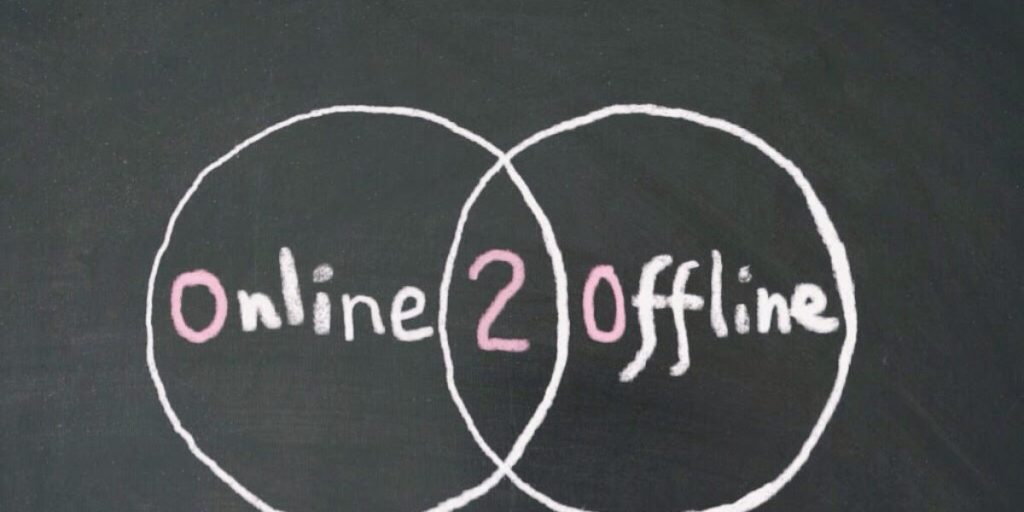
When people think about attribution marketing, they often think of it as a digital tool. Although this mindset is somewhat misleading, it makes sense because many of the earliest attribution models focused primarily on tracking digital touch points. As our understanding of attribution has become more refined however, we know that the digital world is not the only channel that plays a part in the customer journey. Understanding your attribution model can help you plan for the best marketing spend possible and show you where to invest and where to scale back.
Online and offline channels feed each other in a constant loop. We know that television ads drive consumers to their mobile devices, and that many purchases start online and conclude in-store. One cannot exist without the other. This can lead marketers to believe that they need to be everywhere at once and, as we’ve said before, that simply isn’t possible for most brands.
Attribution modeling allows you to test for the optimal marketing mix on and offline no matter what your budget may be. With a little bit of patience, you can test your way toward a successful balance between your initiatives. Finding the right mix starts with understanding your baseline success metrics. In our recent blog post about managing multiple sources of data (found here), we explain the four key pieces of data you need to begin tracking to successfully start building an attribution model: online data, CRM information, social metrics, and offline performance. Establish your data tracking methodology, generate a baseline of data, then set goals against that baseline. You’ll begin understanding the right marketing mix as you decrease and increase spend across these channels and watch all your KPIs adapt in concert. While it’s sometimes difficult to separate which channel is driving impact, attribution marketing begins to solve that question by assigning value to each channel along the conversion process.
Getting a leg up on your competition:
Once you establish a baseline and preliminary hypothesis about how your channels are influencing each other, you can begin getting a leg up on your competition by balancing your on and offline efforts for maximum impact. The good news is that, according to Contently, only 49% of marketers are successfully serving content aligned to the customers’ purchase journey. That means, if you can unlock how much time customers are spending on and offline, your business will be ahead of the curve … way ahead. Serving the right content to your customers based on their needs increases the likelihood that they will purchase and increase their lifetime customer value.
That’s why we believe that it’s better to have four quarters than ten times when assessing great marketing campaigns. When you serve the right content at the right time, the amount of content or marketing spend is far less important than the impact it’s having. Attribution marketing reduces costs by honing in on where to spend so you are focusing on that quality rather than quantity. When seeking a balance between your online and offline efforts, focus on how each of those channels can feed each other. Nothing you do online should be disparate from your offline efforts and vice versa. By creating content that works across channels, you can repurpose your assets as your mix becomes more intelligent.
Click here to learn more about our attribution services and begin your journey toward the perfect marketing mix today.


